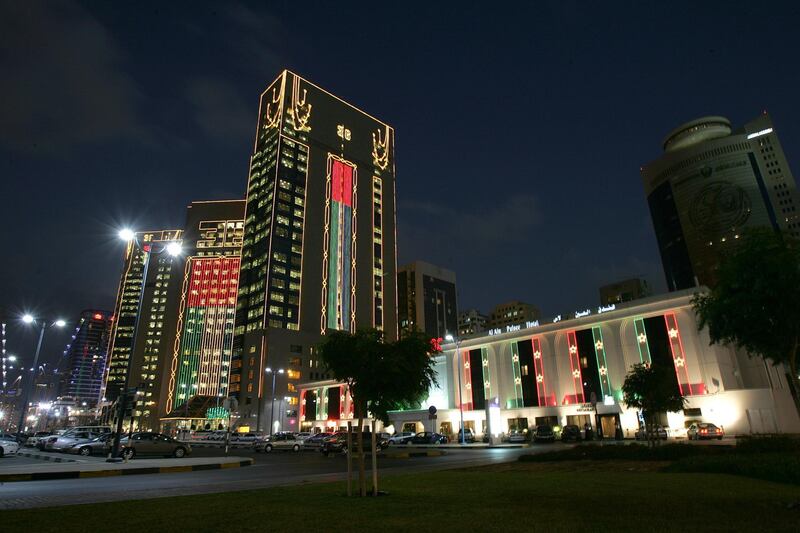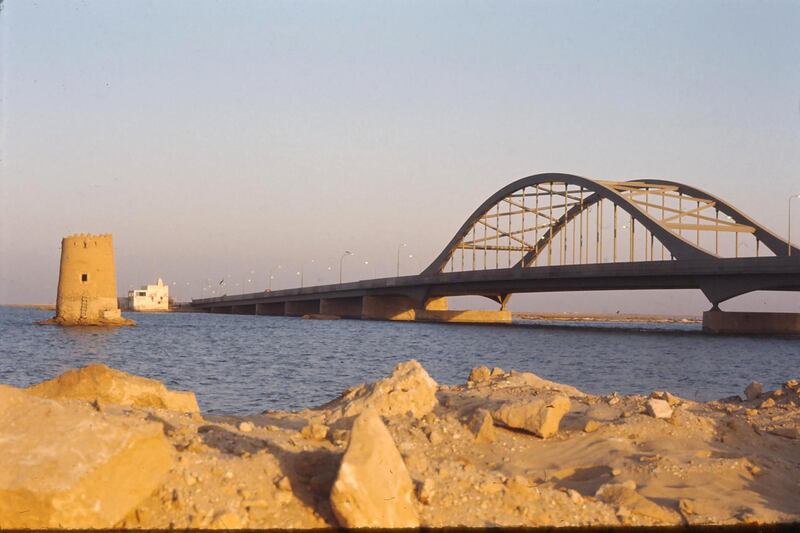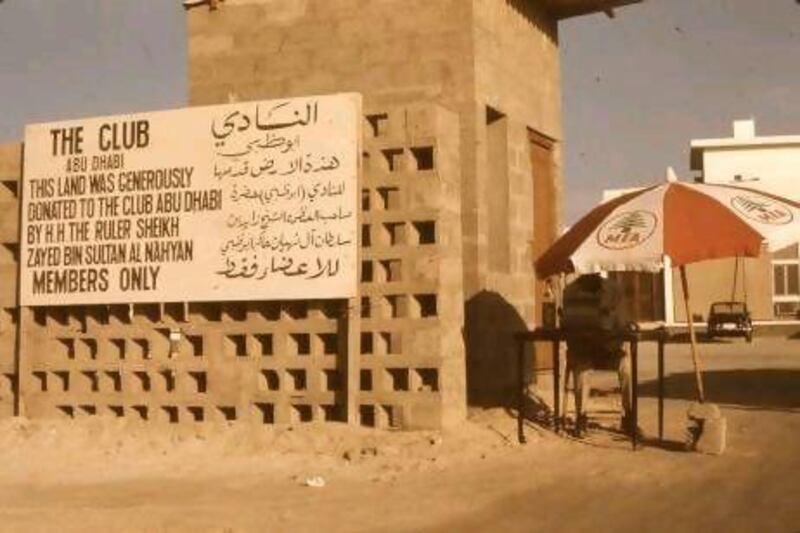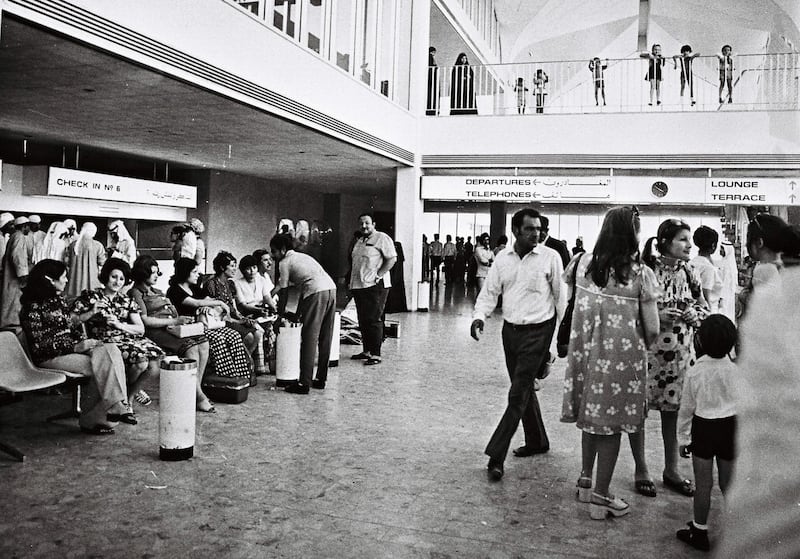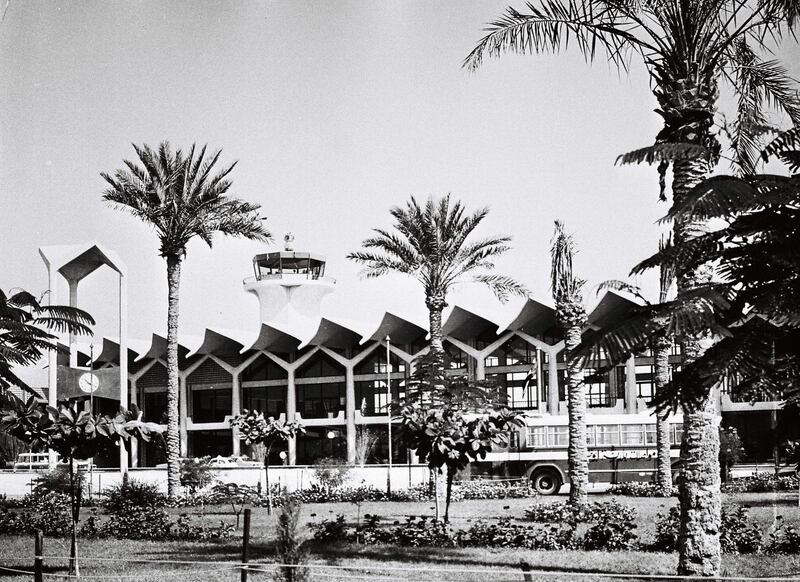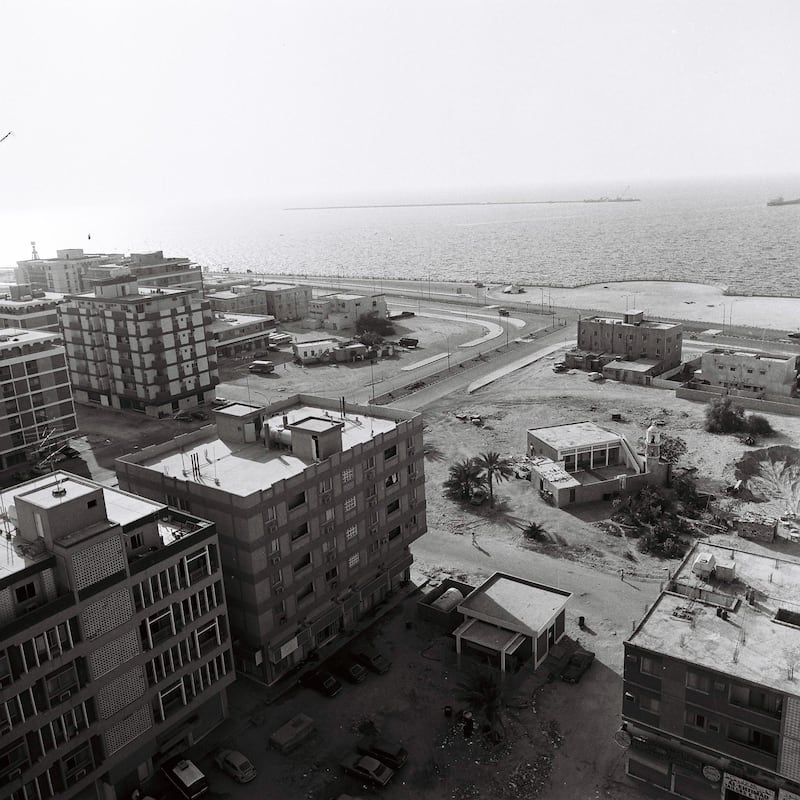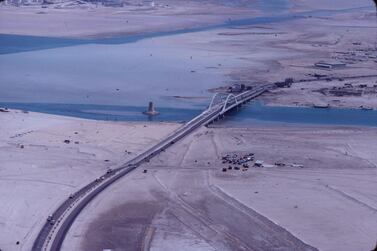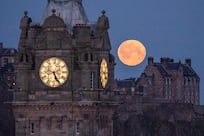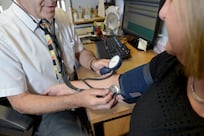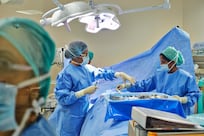Spectacular fireworks, star-studded concerts and a thrilling display of Emirati heritage before tens of thousands of people. People are spoilt for choice when it comes to celebrating UAE National Day next Monday.
But what about 48 years ago? Abu Dhabi was a very different place then. Many of the buildings are long-demolished and people have moved on. But there are still a few surviving experiences from 1971.
Here are six to try:
Al Ain Palace Hotel
The first five-star hotel would not open until 1973 with Hilton Abu Dhabi. But the Al Ain Palace Hotel had been open since 1967. Along the way, it has hosted presidents, film stars and countless personalities. Then it was one of the tallest buildings around but today it is dwarfed by the Royal Meridien and Capital Plaza complex.
But it still stands – redolent of a simpler time of low-rise buildings and simple restaurants. In the lobby are sepia-tinted images of old Abu Dhabi – allowing a visitor to time travel more than five decades.
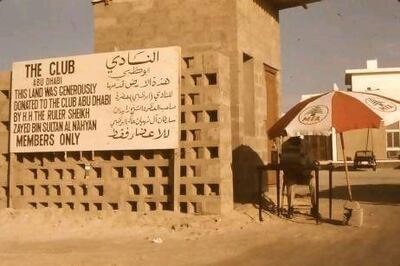
The Club
Always The Club, never The British Club, this venerable institution is even older than the UAE. Established in 1962 by a group of pioneering expatriates, The Club was once way out of town surrounded by nothing but sand and sea. Today the city surrounds it and the high-rises of Maryah and Reem Islands tower over the beach. It is hard to imagine people once had to wait years to become a member. The Club is still going strong, though, with its two beaches, swimming pools and countless array of restaurants. There is a fee to join but try to find a member who can sign you in for free.
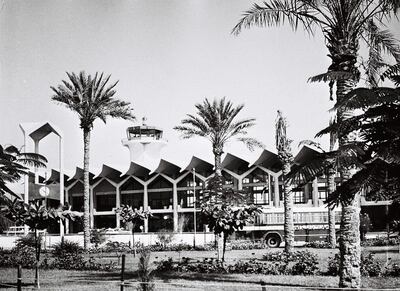
Bateen Airport
Planes once landed in Abu Dhabi on a humble sabkha strip close to where Sky News Arabia studios sit today. But the surge in visitors during the 1960s on the back of the oil boom changed everything. Abu Dhabi needed a new airport.
Construction started in 1966 and planes landed at Al Bateen by 1969. The new airport could accommodate larger jets, new routes were opened and Bateen provided the global link that put Abu Dhabi on the flight path to prosperity.
It now caters for private and military flights but a rite of passage for many older residents was to head to the nearby Old Airport Gardens park to watch the planes land. You can still do that today but the view is somewhat obscured by new high-rise buildings.
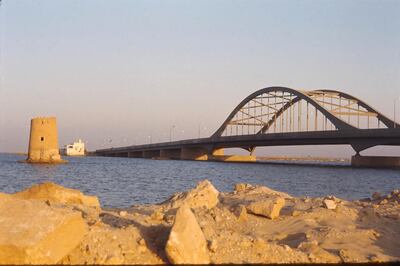
Maqta Bridge
Oil was found in Abu Dhabi in 1958. But for years no proper bridge linked Abu Dhabi to the mainland. People made do with a simple causeway but this was prone to flooding. Something needed to be done.
There was business in Dubai and Abu Dhabi needed a bridge. Enter the Maqta Bridge, which was built on top of the causeway.
A simple white border post on the mainland served as a customs post, as in those days passports were still checked between Abu Dhabi and Dubai. The first highway between the two emirates was still several years away.
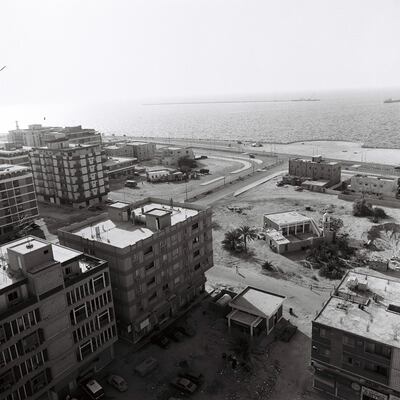
Corniche
When Sheikh Zayed became ruler of Abu Dhabi in 1966, he ramped up land reclamation works as flash floods could inundate the entire island.
By 1971 the first recognisable signs of what we know as the Corniche emerged. Early photographs show new concrete pathways and places for people to walk and relax.
Hilton Abu Dhabi was also under construction this year. By the late 70s, scores of buildings spread down the seafront with one picture from 1979 showing the Union National Bank building already overshadowed by newer buildings.
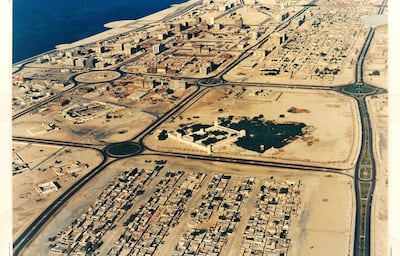
Qasr Al Hosn
The oldest building in Abu Dhabi, Qasr Al Hosn still dominated the city in 1971 despite the Late President, Sheikh Zayed, switching to Al Manhal Palace. In the years that followed, it became a centre of government and housed the National Centre for Documentation and Research.
A restoration attempt in the 1980s was not enough to fully salvage the building and by 2008 Qasr Al Hosn was closed. But following a careful renovation work, the historic building reopened last December reclaiming its rightful place at the heart of the city.
A huge public festival celebrating Emirati culture takes place there next month.
